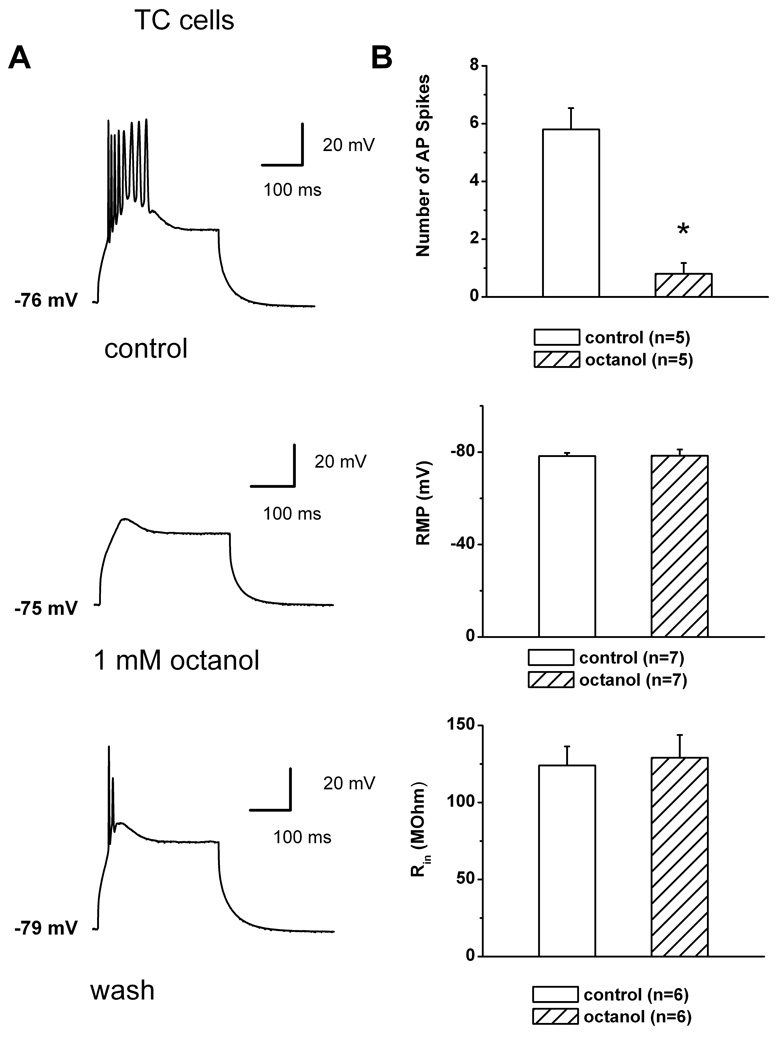Figure 7. Octanol inhibits burst firing and LTCS in TC neurons.
A: Representative traces recorded in current-clamp mode from a TC neuron at a holding potential of −76 mV (top panel). LTCS was evoked on injection of a small depolarizing pulse (duration of 160 msec) and elicited a burst of 8 APs. This LTCS and resulting burst were effectively abolished in the presence of 1 mM octanol (middle panel), but were partially recovered on washout of octanol with only two APs (bottom panel), bars indicate calibration. Holding potential was maintained by a constant injection of current via the recording electrode.
B: The histogram in the top panel compares the number of AP spikes in control (5.8 ± 0.7) and in the presence of octanol (0.4 ± 0.2). Asterisk indicates p < 0.001 (n = 5 cells, Student t-test). Middle panel indicates that octanol (−78.3 ± 1.4 mV) did not significantly affect baseline (−78.4 ± 2.6 mV, n=7, p>0.05) RMP in TC cells. Similarly, bottom panel indicates that octanol (127 ± 12 mΩ) did not significantly affect baseline (126 ± 10 mΩ, n=7, p>0.05) Rin in TC cells. Vertical bars represent standard errors. Open bars represent control conditions and cross-hatched bars represent conditions after applications of octanol.

